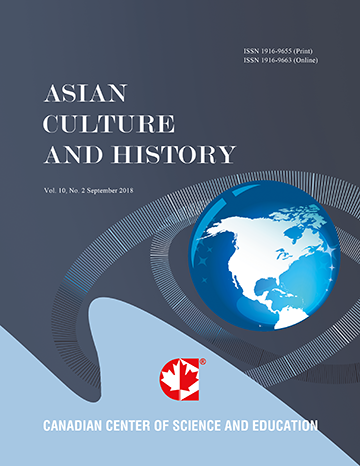Chinese Cultural Taboos That Affect Their Language & Behavior Choices
- Man-ping Chu
Abstract
Every culture has its own taboos. Communication works better when the participants share more assumptions and knowledge about each other (Scollon & Scollon, 2000). However, in many cases, participants realize the existence of the rules associated with taboos only after they have violated them. Those who do not observe these social “rules” might face serious results, such as total embarrassment or, as Saville-Troike (1989) puts it, they may be accused of immorality and face social ostracism. This paper reports that certain verbal and non-verbal taboos among Chinese people centuries ago still affect their language and behavior choices. Two types of Chinese possible taboos in language and behavior are introduced and compared with cultures of the Koreans and Americans: (1) gift-giving taboos which are phonologically linked to the “separation” and “death” in Chinese society, and (2) verbal expressions which are linked to the twelve zodiac-animals in Chinese traditional metaphors. This research paper also tries to answer two questions related to Asian culture and history: (1) whether Koreans share more of these phonologically-linked taboos than Americans do because Korean language has very similar sounds to Chinese; and (2) whether Koreans share with Chinese people more of the zodiac-animal-linked metaphors (i.e., the rat, the bull/cow, the tiger, the rabbit, the dragon, the snake, the horse, the sheep/lamb, the monkey, the chicken, the dog, and the pig) than Americans do because Korean people also use the same animals as a cycle of every twelve years. Data were collected in two ways: questionnaires and interviews.- Full Text:
 PDF
PDF
- DOI:10.5539/ach.v1n2p122
Journal Metrics
Google-based Impact Factor (2017): 5.42
h-index (January 2018): 11
i10-index (January 2018): 21
h5-index (January 2018): 6
h5-median (January 2018): 9
Index
- Academic Journals Database
- CNKI Scholar
- COPAC
- EconPapers
- Elektronische Zeitschriftenbibliothek (EZB)
- Excellence in Research for Australia (ERA)
- Genamics JournalSeek
- Google Scholar
- Infotrieve
- LOCKSS
- MIAR
- NewJour
- Open J-Gate
- PKP Open Archives Harvester
- Publons
- RePEc
- Scilit
- SHERPA/RoMEO
- Standard Periodical Directory
- Technische Informationsbibliothek (TIB)
- The Keepers Registry
- Universe Digital Library
- WorldCat
Contact
- Ivan YongEditorial Assistant
- ach@ccsenet.org
